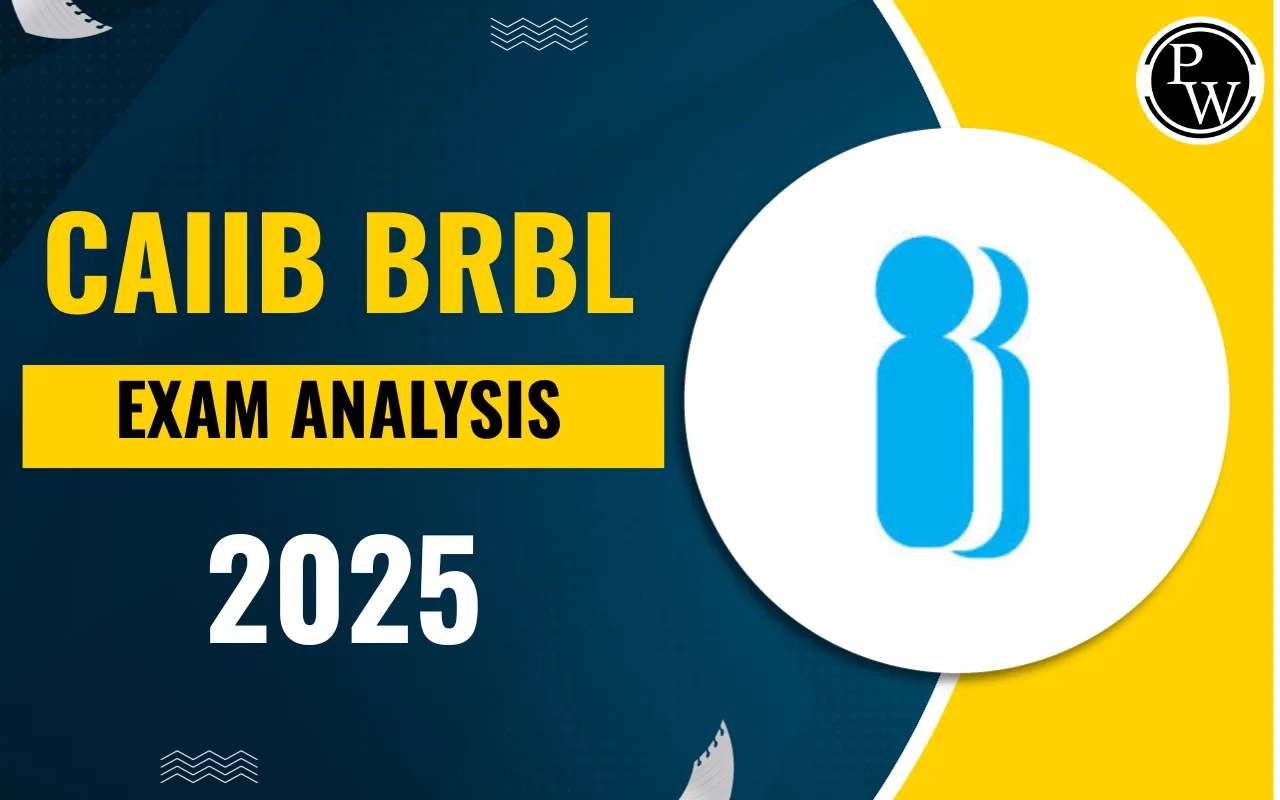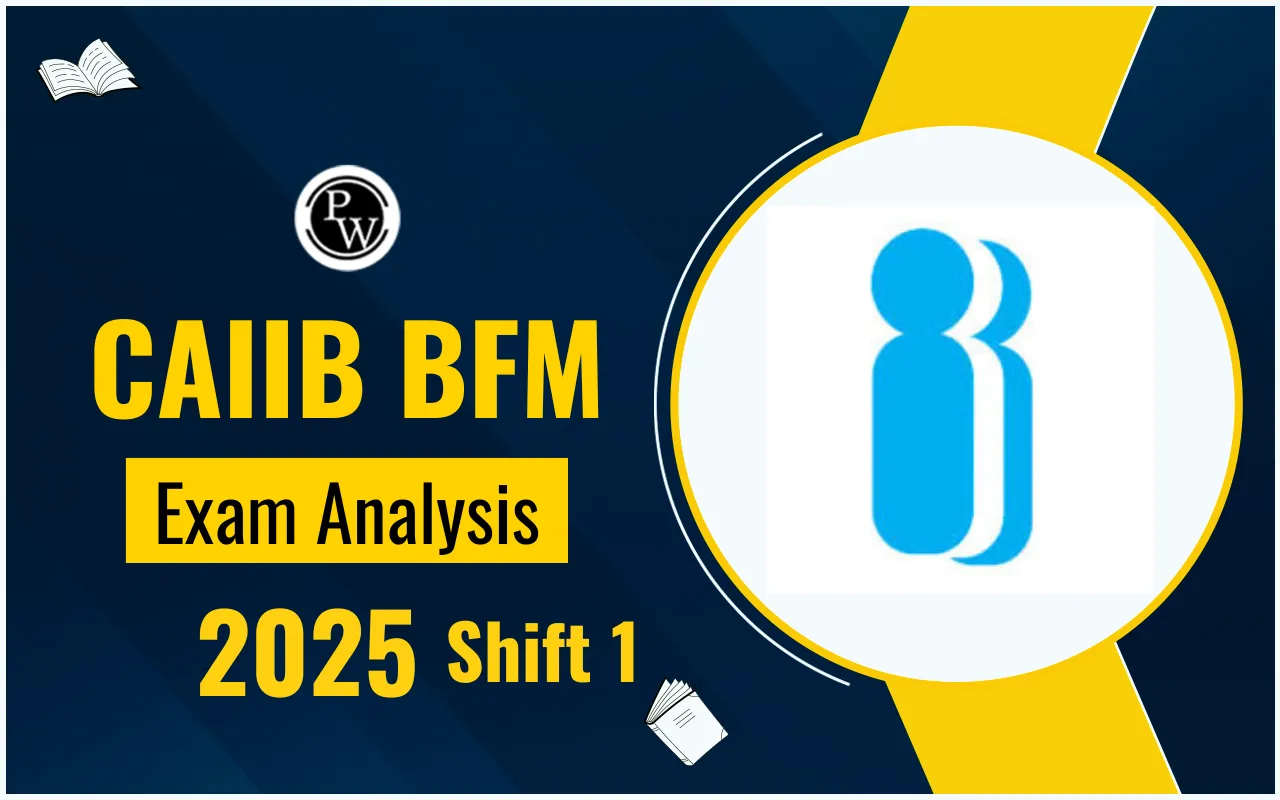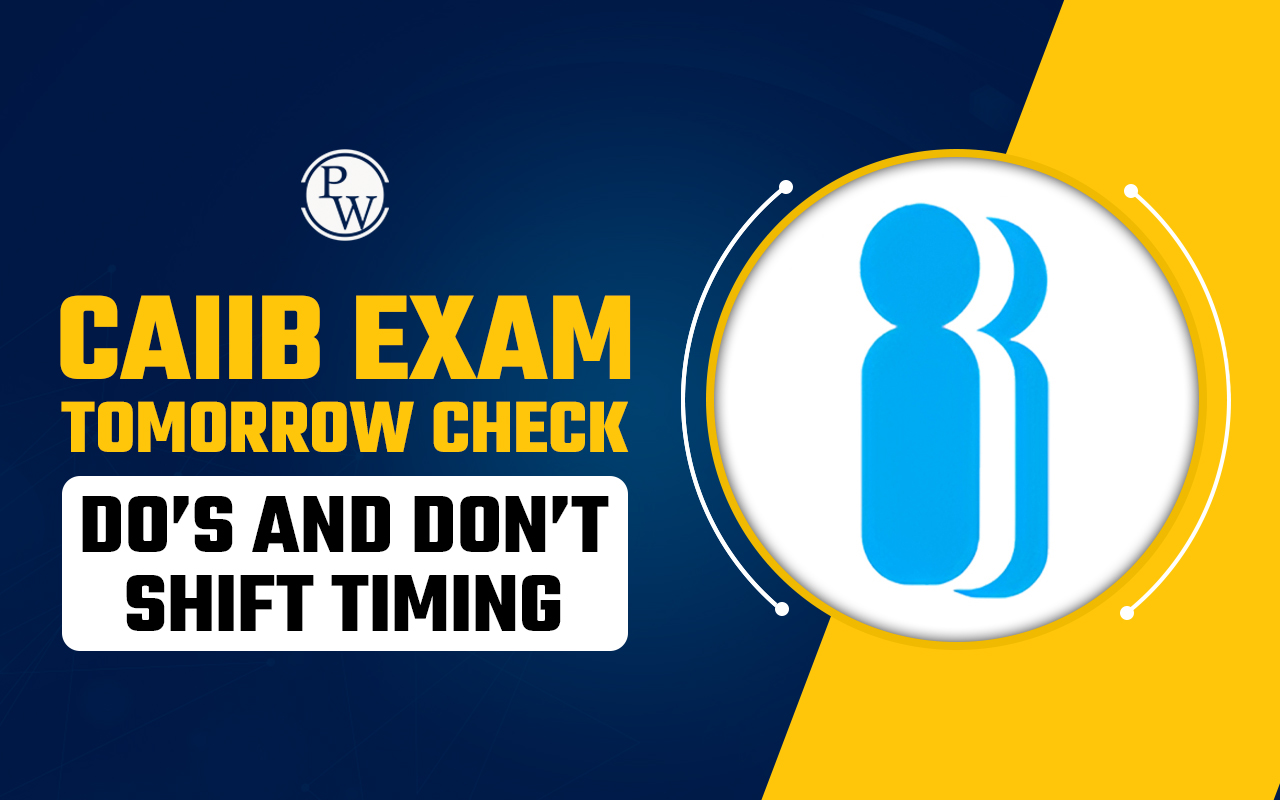
Principles & Practices of Banking: The book "Principles and Practices of Banking" introduces current and aspiring banking and finance professionals to a broad, yet highly relevant collection of banking services, products, and operations, knowledge of which is necessary to function as a competent professional.
The content of the book is aptly divided into four modules, which form the main pillars of professional knowledge in the department, namely: Module A: General Banking Functions Module B: Banking Functions Module C: Banking Technology Module D: Ethics of Banks and finance institutions Up-to-date and factually correct information has been considered on the relevant subjects. This book should guide the experienced banker or banking entrepreneur to a successful career.Principles and Practices of Banking
Unit 1: Indian Financial System
- NBFCs are allowed to raise funds from the public and lend funds through various mechanisms such as ex-lease, installments, and bill discounts.
- Primary dealers trade in government securities in the primary and secondary markets.
- Financial institutions (FI) are financial institutions that provide long-term financing to industry and agriculture.
- Co-operative banks are allowed to accept deposits and make advances to and from the public.
- The state government and the Reserve Bank of India have control over urban cooperative banks.
- State Government and NABARD influence other co-operative banks.
- CRR is part of a bank's claims and term liabilities, which are its deposits.
- SLR is a percentage of a bank's demand and time liabilities in certain government securities.
- Banks can raise funds through corporate securities such as bonds and debentures.
- Securities include bonds, stocks, and derivatives.
- The capital market regulator is SEBI.
- SEBI licenses merchant bankers, often called investment bankers, who issue, raise funds, and manage shares.
- SEBI has authorized FIIs to invest in Indian equity and debt markets through stock exchanges.
- Trustees held securities in Demat form (not physical).
- A mutual fund invests in stocks, bonds, and other securities by pooling investors' money.
- The three regulatory agencies are the Reserve Bank of India (RBI), the Securities and Exchange Board of India (SEBI), and the Insurance Regulatory and Development Authority (IRDA).
Unit 2: Banking Regulation
- RBI was established under the RBI Act, of 1934.
- The Reserve Bank of India (RBI) began its operations on 1 April 1935.
- The RBI (Transfer of Public Property) Act, 1948 makes the RBI a public company.
- The Union Government has appointed four Deputy Governors and fifteen Directors to the RBI.
- All coins and the Re 1 note are issued by the Government of India but distributed by the Reserve Bank of India.
- The Reserve Bank of India (RBI) manages the exchange rate between the Indian rupee and foreign currencies by selling and buying foreign currency to authorized dealers (RBI branches and other dealers).
- Important macroeconomic principles are:
- The Reserve Bank of India (RBI) publishes monetary and credit policy annually;
- The Ministry of Finance is responsible for monetary policy. b EXIM Policy of Ministry of Commerce
- Demand liabilities include savings and current accounts.
- Lowering the CRR limits the amount of money that can be borrowed from banks.
- RBI can fix SRS from 0% to 40% of the bank's DTL.
- Increasing the number of SLRs reduces bank funds that can be borrowed.
- The rate at which the RBI wants to buy or discount bank notes or other qualifying commercial paper is the bank rate.
- No bank can hold shares of a company as a pledge or pledge of more than 30 percent of the paid-up capital of the company or 30 percent of the paid-up capital of the bank, whichever is less.
- The sale or purchase of government securities in the open market by the RBI is called open market operations.
- Another weapon used by the RBI to control the monetary economy is the free credit limit. This prevents the storage of essential goods and the resulting price rise. SCC currently includes buffer sugar stocks, the unpublished sugar stocks of sugar mills, and paid sugar.
Unit 3: Retail Banking, ADR, GDR and PNS
- Retail banking is the exchange of assets and liabilities between commercial banks and private consumers. Some of the products available are SB, RD, CA, TDR, STDR, No Frill A/C, Home Loans, Car Loans, Personal Loans, Education Loan, Crop Loan, Credit Card, Debit Card, Lockers, Bank Insurance, etc.
- Wholesale banking, also known as corporate banking or commercial banking, is banking with industrial and commercial entities, mainly corporations and commercial centers, such as transnational companies, domestic companies, and state-owned enterprises. LC, BG, Bill &
- Document Collection, Currency Exchange, Tax Collection, RTGS, Term Loan, and other services are available.
- Cross-border transactions are called international banking.
- Under one roof, Universal Banking offers all kinds of financial products like mutual funds, capital market products like stock exchanges, commodities, and so on, as well as sales of gold/precious metal securities, government/corporate bonds, commercial banking, general banking, and insurance (both life and non-life insurance).
- A Depository Receipt (DR) is a freely tradable (tradable) financial instrument that is traded on a country's local stock exchange, but which represents a security, usually equity-based, issued by a publicly traded foreign company.
- Annexes to the contract are similar to participation certificates. FIIs issue them to entities that wish to invest in the Indian stock market but do not want to register with SEBI.
- FIIs are not allowed to issue participating bonds to Indian nationals or foreign companies (due to their majority shareholding and government agencies under their control).
Unit 4: Role of Fixed Income Markets, Money Markets, Forex Markets, and FEMA
- The money market plays an important role in the management of the liquidity of banks and in the transmission of monetary policy. Money markets are usually the most liquid in the financial sector.
- By offering the necessary instruments and liquidity business partners, the money market supports the reduction of your company's liquidity risk. Monetary policy can only be implemented by the banking system and the money market.
- The development of the money market facilitates financial intermediation and increases lending to the economy, which increases the economic and social well-being of the country.
- As a result, money market expansion helps all stakeholders: the central bank, the banking sector, and the economy as a whole.
- Instruments with a maturity of less than one year. A "money market" is a market for short-term financial needs and deployments. Money market instruments are the following instruments, often referred to as such: CP: commercial paper, CD: certificate of deposit, call/call/sending money, interbank money, interbank participation certificates, bill rediscount, and government bond.
- Characteristics of government securities: There is a lot of liquidity because the investor can sell the security on the secondary market, and there is no risk of insolvency because the government backs the securities and it is issued face-v. Interest is paid semi-annually according to the nominal value of the loan, it is possible to keep it in Demat form, and VAT is not deducted at the point of sale.
- Indian authorities use these funds to meet spending obligations. These securities are typically fixed-maturity, fixed-rate securities with semiannual coupons. Since the securities have a fixed maturity, they are called dated government securities.
- Government securities are mostly interest-bearing dated securities issued by the RBI on behalf of the Government of India.
- The government issues securities to raise money for public borrowing or otherwise in an official publication.
- These consist of government bonds, bearer bonds, stocks, or bonds held in a bond account.
- They can be in the form of government securities or dated.
- Commercial loans are bonds issued by both private and public companies.
- An IRS is a liquid financial derivative in which two parties agree to exchange interest-bearing cash flows based on a specified nominal amount from a fixed rate to a floating one, or from one floating rate to another.
- Although a corporate bond issues a corporate IOU, it has no ownership in the issuing company, unlike buying stock.
- An interest rate future is a derivative whose underlying asset is an interest rate instrument. This is a special interest rate swap.
- The Foreign Exchange Management Act, 1999 (FEMA) applies to the entire country of India; Any branch, office, or agency outside India owned or controlled by an Indian national.
- The reference interest rate for short-term loans, i.e. BBA LIBOR, which some of the world's best banks charge each other.
- IBA manages LIBOR based on five currencies: USD, EUR, GBP, JPY and CHF.
- It is available in seven different terms: overnight, 1 week, 1, 2, 3, 6, and 12 months.
- Indian interbank market is the interest rate at which banks can borrow marketable funds from other banks.
Principles & Practices of Banking FAQs
Q1. What is the Principles & Practices of Banking?
Ans. Principles and Practices of Banking is an in-depth study of finance as a subject and is designed for students who aspire to a career in banking and plan to take banking exams or work in finance.
Q2. Where can I get the Principles & Practices of Banking?
Ans. At the PW blog you can get the detailed Principles & Practices of Banking.
Talk to a counsellorHave doubts? Our support team will be happy to assist you!

Check out these Related Articles
Free Learning Resources
PW Books
Notes (Class 10-12)
PW Study Materials
Notes (Class 6-9)
Ncert Solutions
Govt Exams
Class 6th to 12th Online Courses
Govt Job Exams Courses
UPSC Coaching
Defence Exam Coaching
Gate Exam Coaching
Other Exams
Know about Physics Wallah
Physics Wallah is an Indian edtech platform that provides accessible & comprehensive learning experiences to students from Class 6th to postgraduate level. We also provide extensive NCERT solutions, sample paper, NEET, JEE Mains, BITSAT previous year papers & more such resources to students. Physics Wallah also caters to over 3.5 million registered students and over 78 lakh+ Youtube subscribers with 4.8 rating on its app.
We Stand Out because
We provide students with intensive courses with India’s qualified & experienced faculties & mentors. PW strives to make the learning experience comprehensive and accessible for students of all sections of society. We believe in empowering every single student who couldn't dream of a good career in engineering and medical field earlier.
Our Key Focus Areas
Physics Wallah's main focus is to make the learning experience as economical as possible for all students. With our affordable courses like Lakshya, Udaan and Arjuna and many others, we have been able to provide a platform for lakhs of aspirants. From providing Chemistry, Maths, Physics formula to giving e-books of eminent authors like RD Sharma, RS Aggarwal and Lakhmir Singh, PW focuses on every single student's need for preparation.
What Makes Us Different
Physics Wallah strives to develop a comprehensive pedagogical structure for students, where they get a state-of-the-art learning experience with study material and resources. Apart from catering students preparing for JEE Mains and NEET, PW also provides study material for each state board like Uttar Pradesh, Bihar, and others
Copyright © 2025 Physicswallah Limited All rights reserved.
Get App









